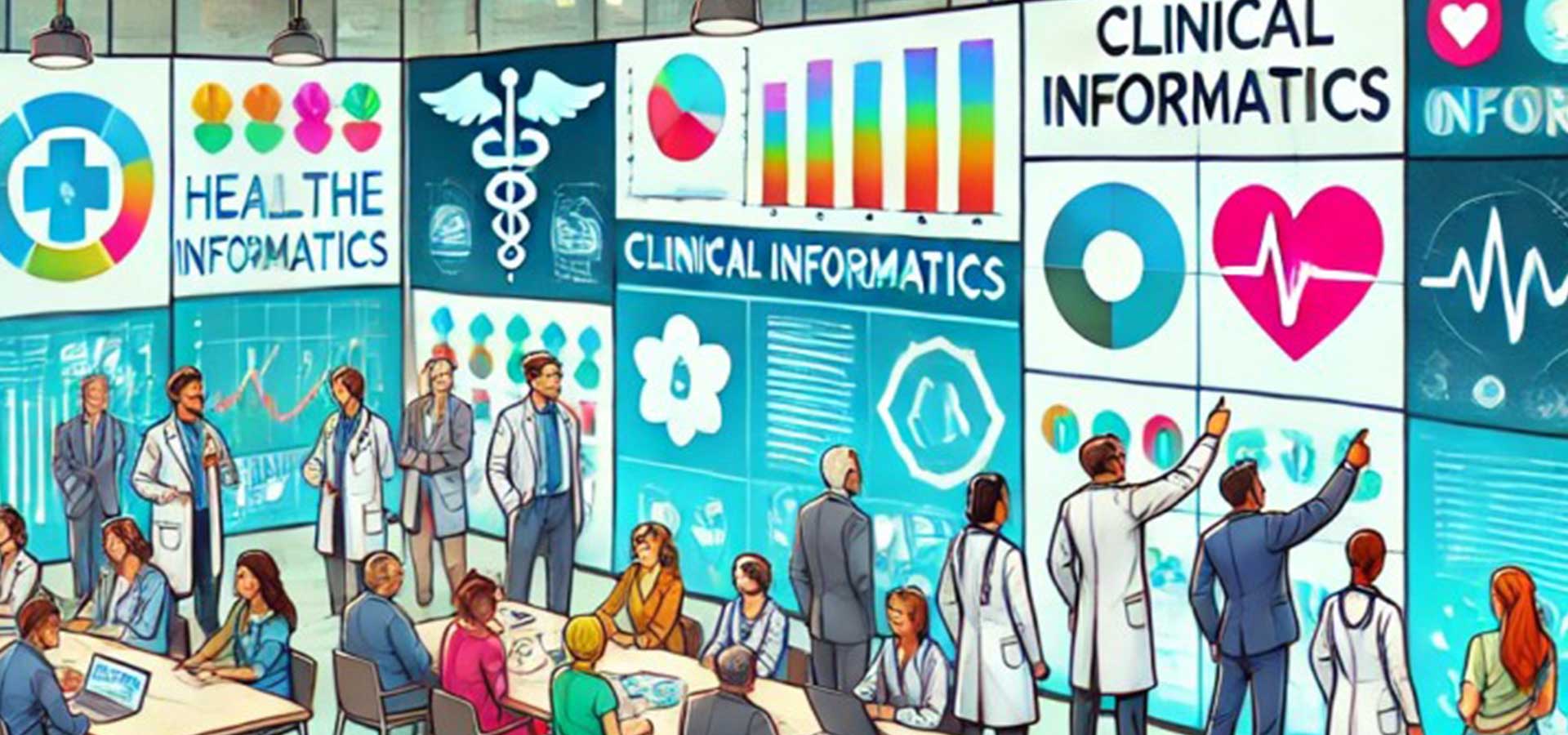By Dr. Yasir Tarabichi, Chief Medical Informatics Officer, Ovatient
Another epic User Group Meeting is in the books, and I’ve spent the last few days reflecting on what I heard from health systems across the country. As always, a trip to Epic HQ in Verona, Wisc. provides a tremendous opportunity to see the future of our industry.
Here are some of my key takeaways from this year’s UGM, including how we at Ovatientare thinking about what comes next in digital health.
1 – AI in Healthcare: Last year, the buzz around AI was electrifying, especially with the spotlight on Microsoft’s CEO and the promises of AI-driven workflows. This year, the tone was more pragmatic. Epic is carefully evaluating where generative AI can genuinely enhance clinical and operational workflows. Many sites are already engaged with ambient AI for note generation and automated responses to patient messages. The next logical step? AI queuing up orders and referrals based on conversations alone. If done accurately and responsibly, this could be a game-changer. Governance, of course, remains critical as organizations refine metrics for evaluating and implementing these solutions. One of the standout demos showed a generative AI-driven dashboard that could link changes in a patient’s diabetic control to physician notes on medication compliance—a glimpse into the future of real-time clinical decision support.
My Take:As an Epic customer, Ovatient stands to benefit from the windfall of Epic’s rapid embrace of integrated AI tooling. Ambient AI, specifically, is rather well suited for virtual visits and is going to make visits more personable and rewarding for our providers.
2 – Telehealth Evolution: Epic continues to fine-tune how it surfaces virtual care opportunities to patients. It’s promising to see the flexibility being offered to patients in selecting the type of care that best suits their needs.
My Take: Epic’s ongoing efforts to right-size telehealth solutions align closely with our mission at Ovatient. There are fewer “wrong doors” for patients to choose. The emphasis on e-visits as a bridge to care, especially in chronic disease management, reinforces the importance of flexibility and continuity in our virtual care offerings. This is at the foundation of our virtual-first care model.
3 – Patient Portal Innovations: MyChart remains a cornerstone of patient engagement, though Epic openly acknowledged its usability challenges. Exciting enhancements driven by generative AI are on the horizon, including a “smart” search/prompting feature. The new MyChart “microsite” development application is especially intriguing—it allows healthcare systems to customize content and prioritize what matters most to patients. Personalization at this level could significantly boost patient engagement.
My Take: With Epic enhancing MyChart through generative AI, there’s a clear shift towards more personalized patient experiences. At Ovatient, we are taking inspiration from these developments to ensure that our platform not only meets the standard but exceeds it by offering tailored content and services that resonate with our patient population.
4 – Interoperability Advancements: Epic is pushing the boundaries of interoperability through initiatives like TEFCA and evolving standards like FHIR. The growth of networks like Cosmos, now housing over 250 million patient records, is particularly noteworthy. The use cases being piloted are just beginning to tap into its vast potential.
MyTake: Epic’s advancements in interoperability are crucial for Ovatient as we continue to develop a platform that integrates smoothly with various health systems and EHRs. The expansion of networks like Cosmos offers exciting possibilities for leveraging large-scale data in our research and operational strategies, enabling us to deliver more informed, data-driven care.
I’d love to hear your thoughts in the comments. By the way, have you met Ovatient? We are built on Epic and MyChart and offer patients a seamless, virtual-first connection to the health systems they trust. Get to know us.



